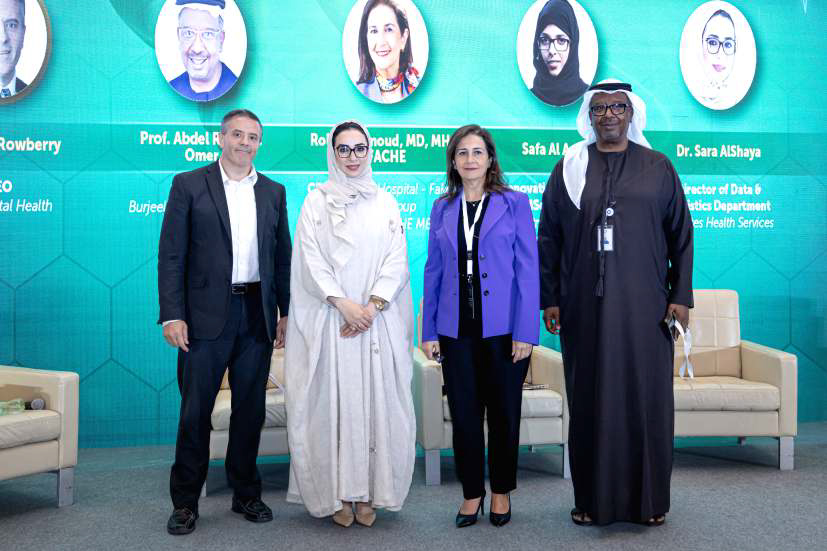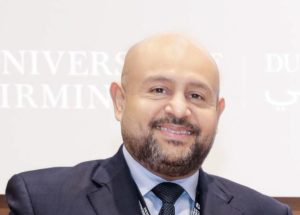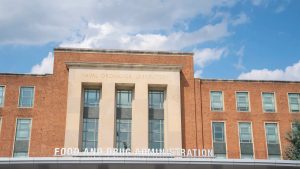By Mohammed Irshad
Healthcare is undergoing a seismic shift, its old foundations cracking under the pressure of a rising tide – the tide of AI and Machine Learning. These disruptive forces are reshaping the very fabric of patient care, from diagnosis to treatment, offering a future where healthcare is personalized, predictive, and, perhaps most importantly, hopeful.
This investigation analyzes into the significant ideas generously provided by notable healthcare leaders – Dr. Sara Al Shaya, helming the Data and Statistics Department at Emirates Health Services; Rola Hammoud, a visionary as the CEO of Madeena Hospital-Fakeeh Care Group and concurrently serving as the President of ACHE MENA; and the venerable Prof. Abdel Rahman Omer, steering the ship as CEO of Burjeel Hospital in Abu Dhabi.
In collective harmony, they weave a rich tapestry, offering an intricate perspective on the metamorphic influence wielded by AI and ML within the healthcare sector, spotlighting the nuanced contours of the Middle East’s healthcare panorama.
The Current Landscape in Middle East Healthcare:
Dr. Sara Al Shaya highlights the rapid advancements in the Middle East healthcare industry, particularly in adopting AI and ML. Specifically, at Emirates Health Services, she showcases the successful implementation of a Customer Intelligence Program, leveraging AI-driven patient feedback sentiment analysis.
Introducing the groundbreaking EHS Intelligence Space Platform, Dr. Al Shaya emphasizes its role in consolidating data from diverse sources, with a focus on data analytics, artificial intelligence, and machine learning. Boasting 39 dashboards, 11 AI models, and 24 statistical data hubs, this platform acts as a centralized system, facilitating data sharing and ensuring clean, consistent data. Notably, it features an AI solution for primary healthcare management, optimizing operations based on patient volume, waiting time, and resource allocation. Results indicate a remarkable 44% reduction in patient waiting time and a 10% decrease in no-shows,












